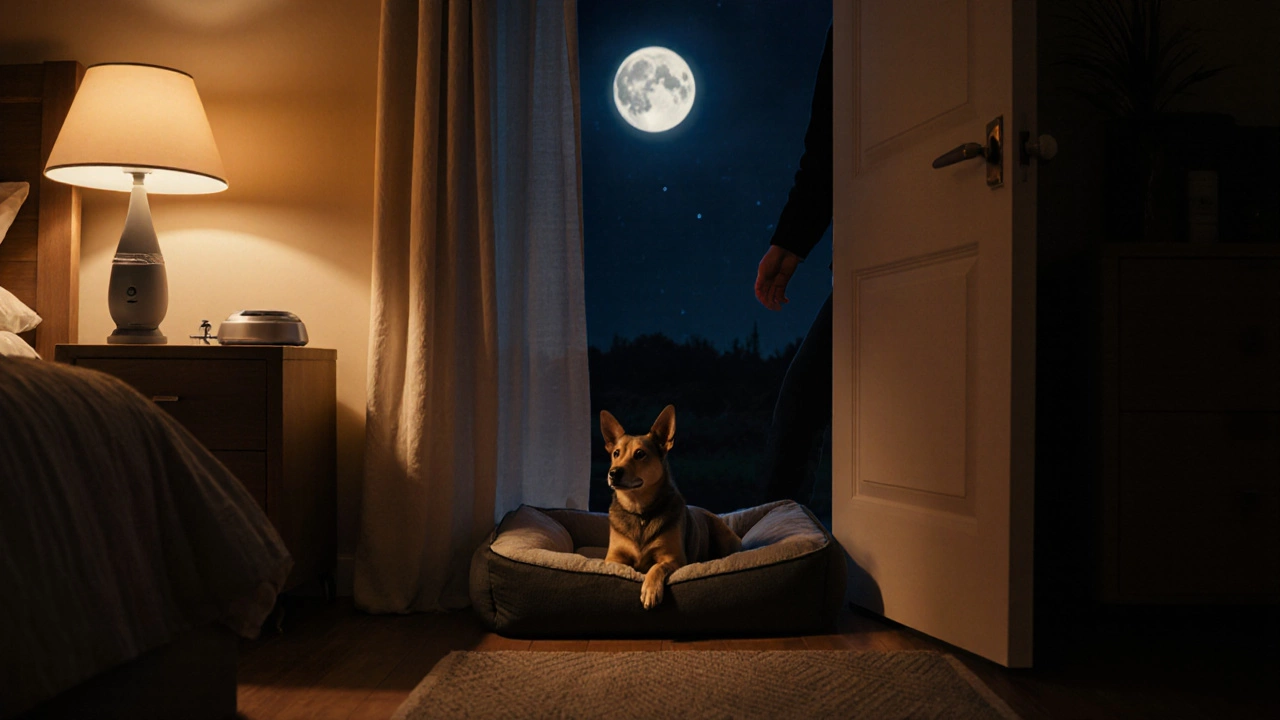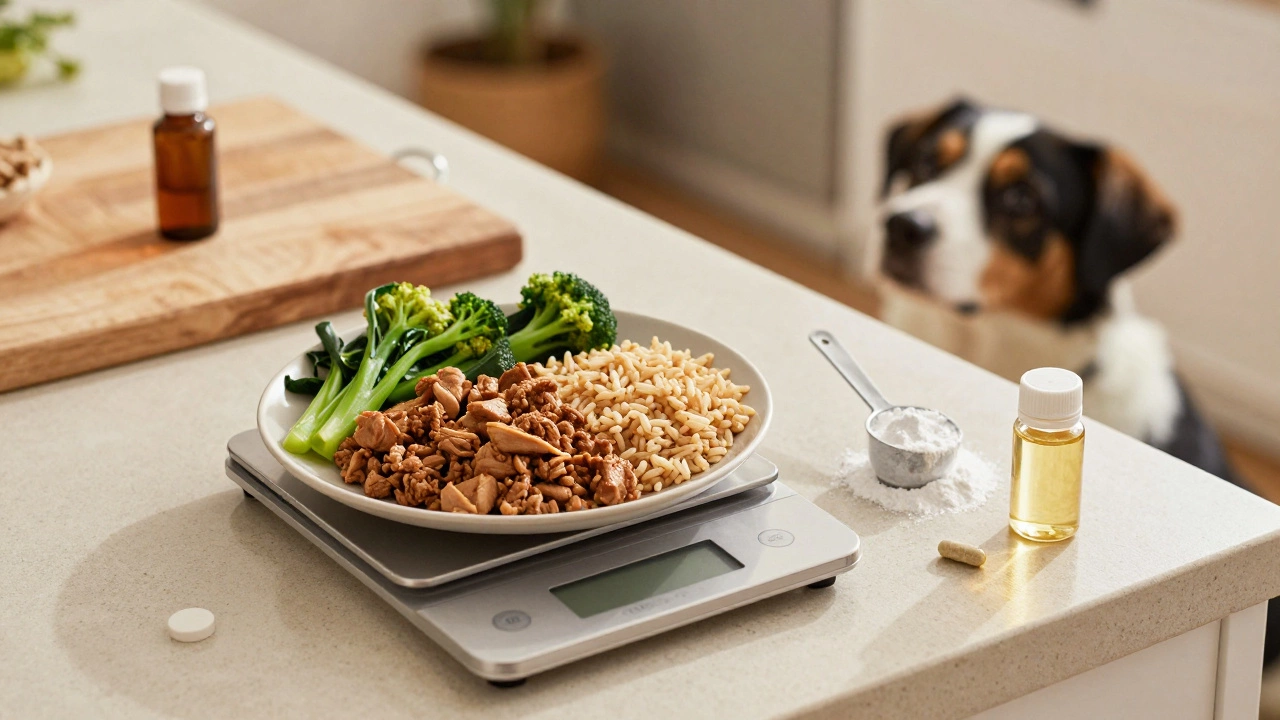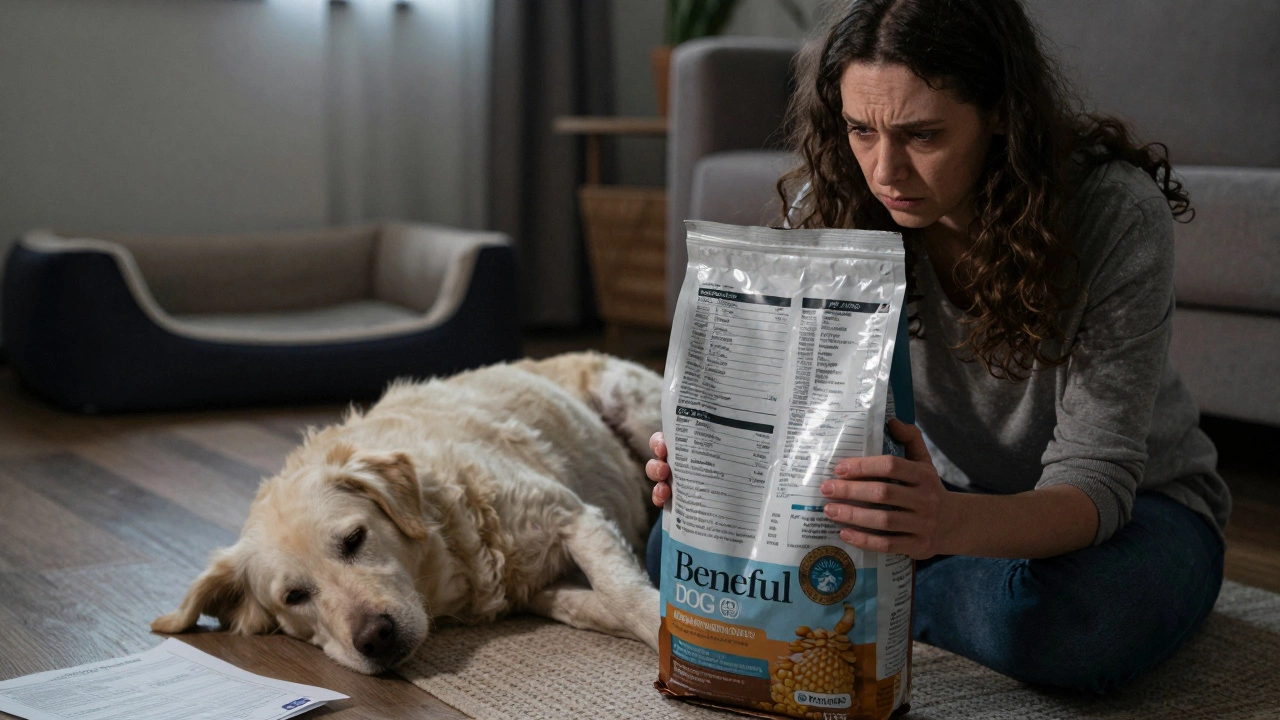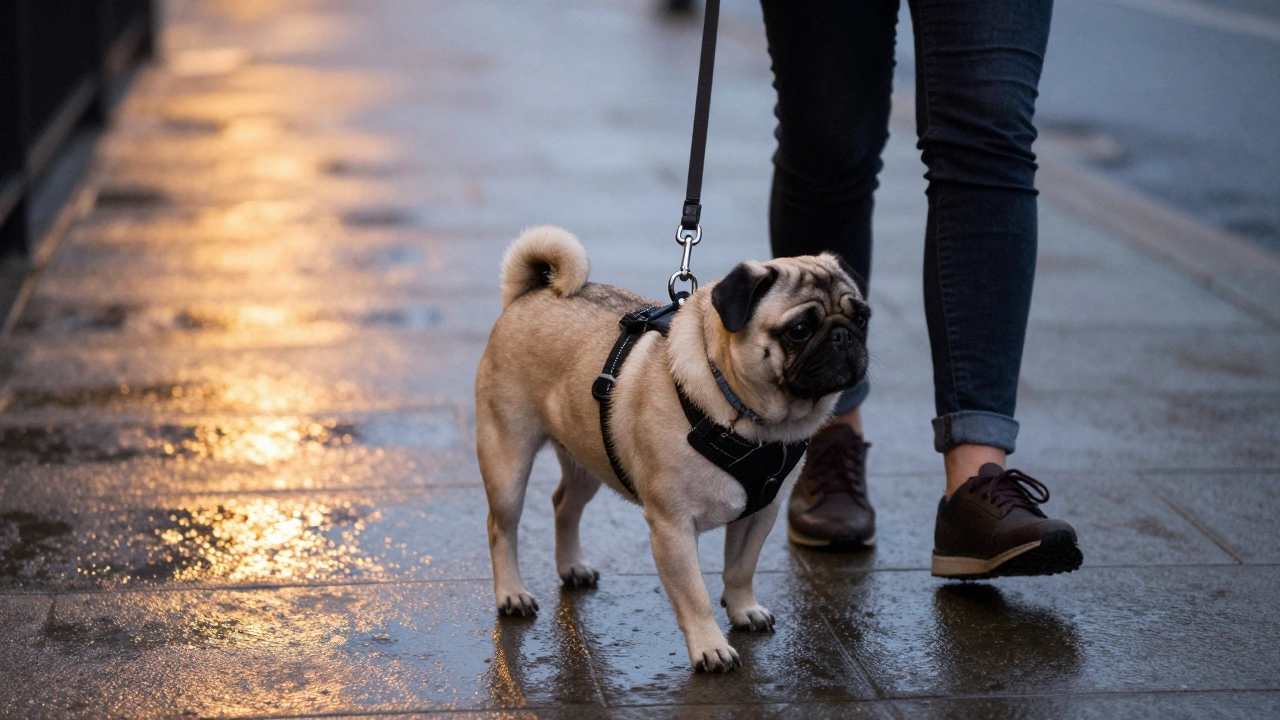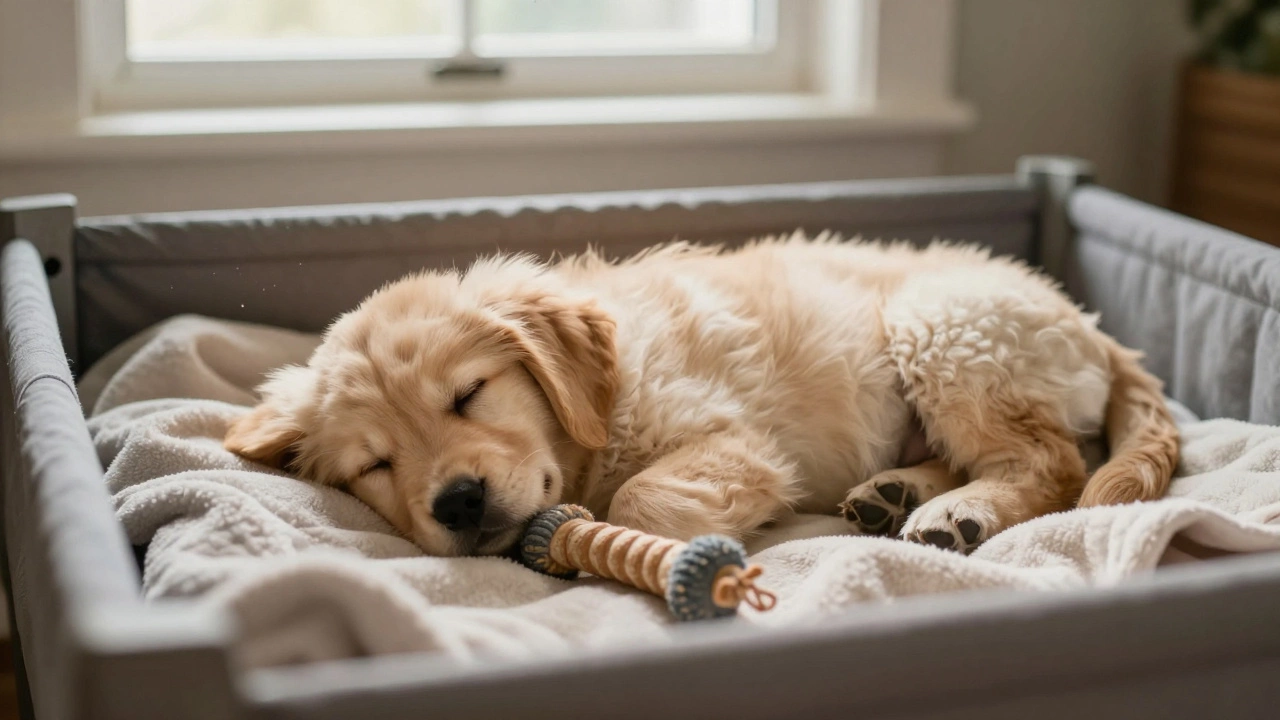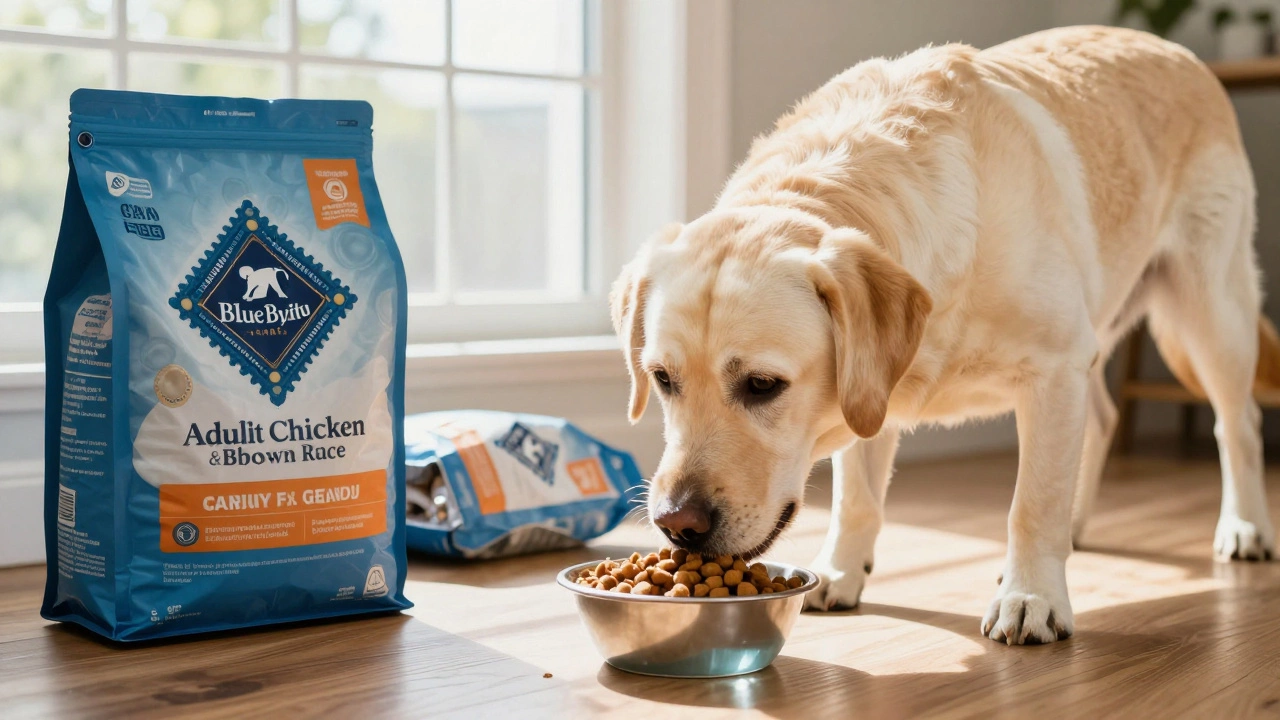Dog Bed Safety: Protect Your Pup While They Sleep
When considering dog bed safety, the practice of keeping a canine’s sleeping area free from hazards and supportive for healthy rest. Also known as canine sleep safety, it matters for every dog, from a tiny terrier to a giant mastiff. A well‑chosen dog bed safety plan starts with the right dog bed, a cushioned platform sized for the dog’s body and built from non‑toxic fabrics. But safety isn’t just about the bed itself; it includes where you place it, how you maintain it, and what other gear you use nearby. For example, a bed placed near electrical cords or sharp furniture edges can turn a cozy spot into a danger zone in minutes. Understanding these connections helps you create a sleep zone that protects joints, avoids choking hazards, and reduces nighttime anxiety.
Key Factors for a Safe Dog Bed
First, look at pet bed materials, the fabrics, fillings, and frames that make up a dog’s sleeping surface. Breathable, washable fabrics lower the risk of skin irritation, while solid memory‑foam cores support aging joints. Avoid cheap foam that breaks down into shards or cheap plastic that can crack under pressure. Second, consider crate safety, the practice of ensuring a dog’s crate is free from harmful objects and correctly sized. Many owners combine a crate with a bed, so the crate’s interior must be clear of chewable bolts or loose screws that could hurt a curious pup. Third, remember that canine anxiety, a state of stress that can affect a dog’s sleep quality and behavior often shows up as restless pacing or chewing the bed. Providing a calm environment—dim lighting, familiar scents, and a consistent bedtime routine—helps mitigate anxiety and lets the dog settle into a safe spot.
Putting it together, dog bed safety encompasses proper placement, suitable material, and ongoing maintenance. It requires checking the bed weekly for worn seams, hidden stuffing, or torn covers that could become choking hazards. Cleaning the cover regularly removes allergens that might trigger skin issues, and rotating the mattress prevents uneven wear. If you notice your dog chewing the edges, replace the bed or add a chew‑proof cover to prevent ingestion of fibers. By treating the bed as part of a broader sleep hygiene plan—one that includes crate safety, anxiety reduction, and regular health checks—you give your dog a reliable place to rest.
Below you’ll find a curated collection of articles that dive deeper into each of these topics. From how to read your dog’s bedtime cues to safe crate setups and the best calming aids for nervous sleepers, the posts cover practical steps you can start using tonight. Keep reading to turn the advice into action and make every night a safe, restful experience for your furry friend.
Is Leaving Your Dog Alone Overnight Cruel? Risks and Practical Tips
Find out if leaving a dog alone overnight is cruel and learn practical steps, safe sleep setup, and alternatives to keep your pet happy and healthy.

